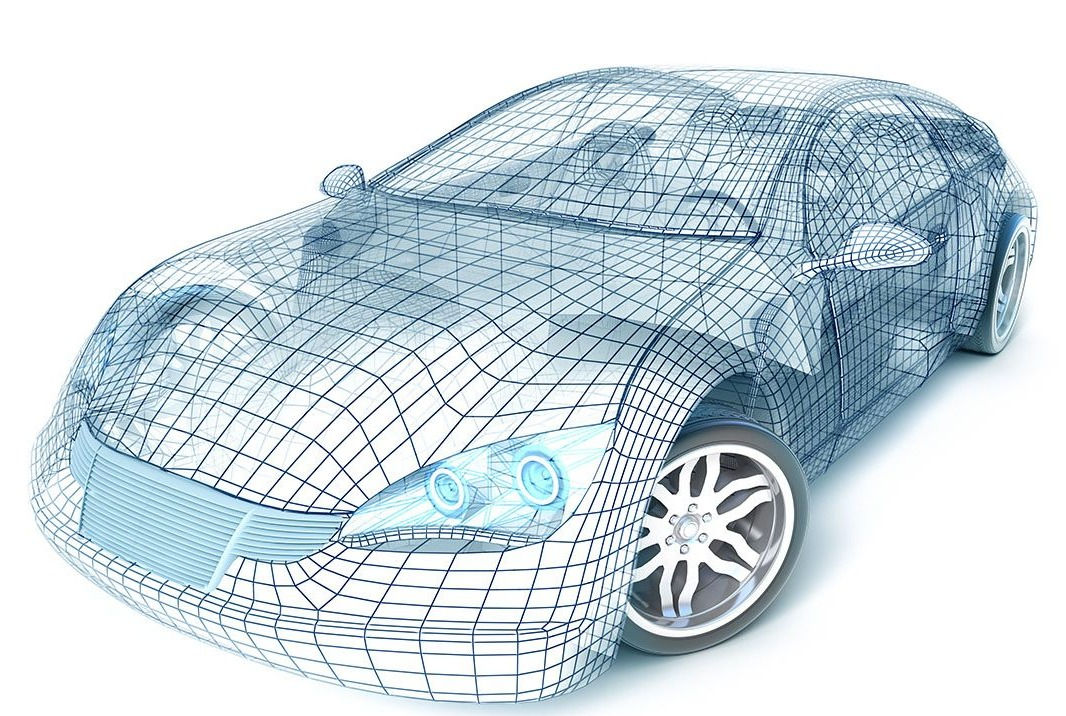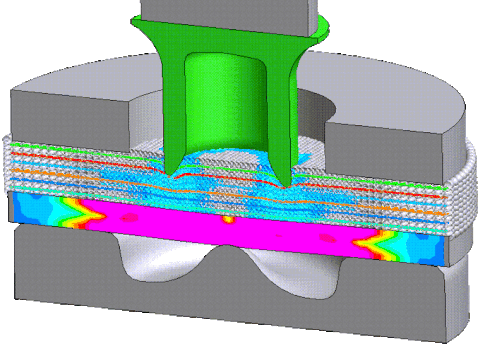
Self-Piercing Rivet (SPR) Insertion [1]



From the comparison with experimental cross-section, the SPG model accurately predicted all geometrical features except the shape of the slug within the rivet bore, which could be partially explained by an overly-stiff response of bottom sheet during penetration of rivet tail. The material separation and flow was replicated well by the SPG model. More importantly, large deformation and fracture were simulated successfully without any artificial stabilization or parameter tuning.


It is important to note that the simulation results did not show significant sensitivity to the main SPG parameters: bond failure criterion, kernel update frequency, kernel support size, particle distance, or mass scaling. The SPG method offers an attractive way to process virtual manufacturing, and could be extended to other complex joining processes such as flow drill screwing (FDS) and friction stir welding (FSW).
This powerful simulation tool can be applied to rivet dissimilar materials as well, such as L-FRTP and metal alloy.

Courtesy of JSOL


